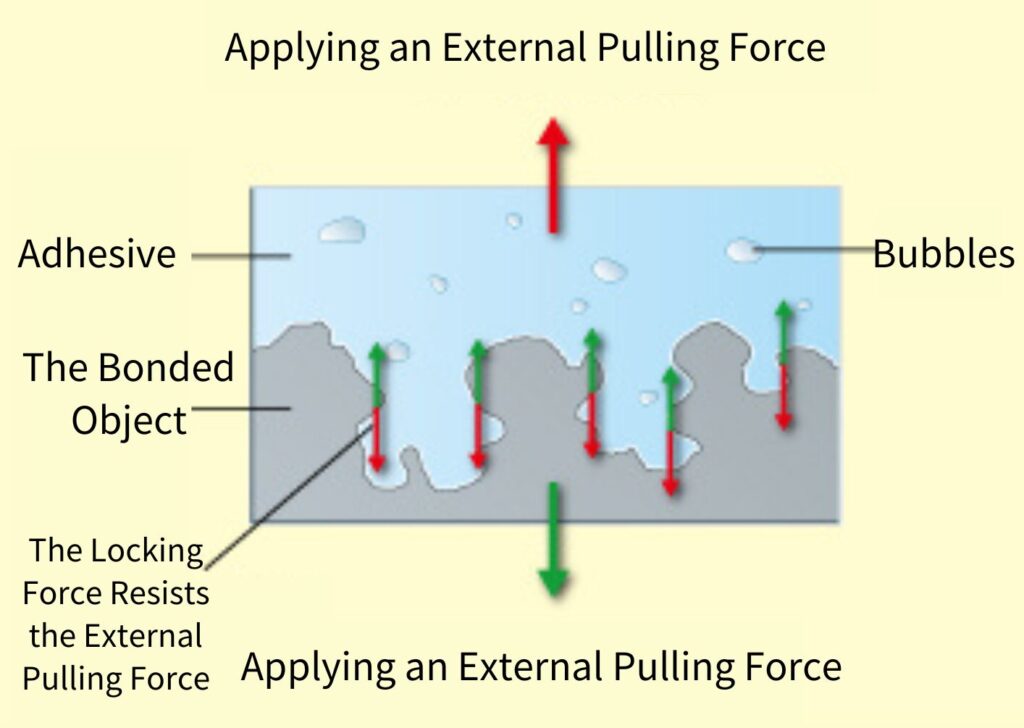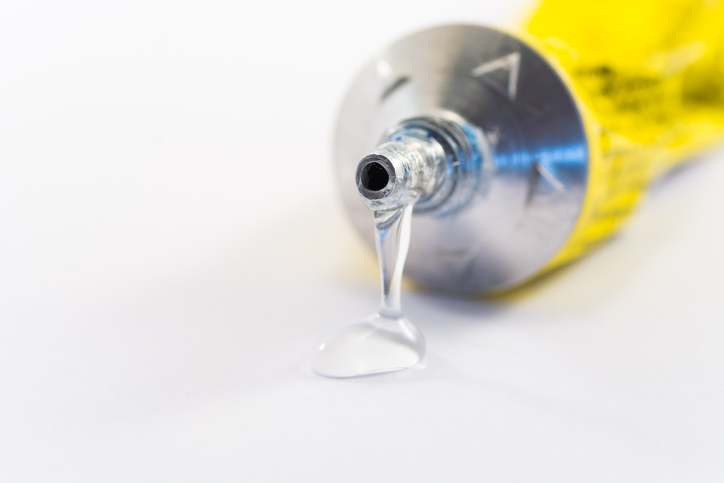In our day-to-day existence, adhesives play an irreplaceable role, whether it’s in mending broken items or adding a splash of creativity to projects, their applications are as varied as they are extensive. This article delves into the scientific principles behind adhesives and how they have become an all-purpose aide in our lives.
The Working Principle of Adhesives
The efficacy of adhesives stems from their ability to initially be in liquid form, adhering quickly and then solidifying. These multifunctional adhesive substances, primarily polymers, can form a tight bond with target surfaces through chemical bonds and mechanical interlocking.
From paper and leather to plastics, adhesives simplify and strengthen the bonding of diverse materials.
From Liquid to Solid: The Transformation Process of Adhesives
The choice of a liquid form for adhesives is to exploit the molecular forces – like hydrogen bonds and Van der Waals forces – to fill the minute gaps on the surfaces of objects being bonded, thereby increasing the contact area and adhesive strength.
This fluidity allows the adhesive to penetrate into the tiny crevices of objects, providing a strong bond.

The Curing Mechanisms of Adhesives
Adhesives cure through various mechanisms, including physical and chemical curing.
Hot melt adhesives become liquid at high temperatures and solidify upon cooling, becoming sticky substances; while others like white glues and transparent adhesives solidify through solvent evaporation. Cyanoacrylates (super glues) rapidly harden by reacting with moisture in the air.
Enhancing Adhesive Effect: The Power of Molecular Entanglement
Beyond transitioning from liquid to solid, some adhesives also enhance their bonding effect through molecular entanglement.
This entanglement ensures a more robust bond between objects, offering us more options to meet different bonding needs.

Pressure-Sensitive Adhesives: The Art of Flexible Choices
Most tapes on the market are pressure-sensitive adhesives, characterized by their easy-to-control stickiness and reusability, making them perfect for temporary repairs or attachments in everyday life.

UV Light-Cured Glue: The Frontier of Innovative Bonding Technology
Whether assembling metal figures for miniature models or bonding 3D printed resin parts, this product provides a sturdy and flexible bonding solution. The glue’s enhanced viscosity and ease of use make it an ideal choice for model enthusiasts during the processes of gap filling, shaping, and sanding.
MXBON HOBBY MATE Light Cure CA is a high-performance adhesive known for its strong bonding capabilities and rapid curing under UV light exposure. It’s versatile and can be used on a variety of materials including plastic, wood, fabric, leather, and metal.

Conclusion: The Future Trends of Adhesives
From traditional hot melts to revolutionary MXBON HOBBY MATE Light Cure CA, the advancement in adhesive technology not only enhances the convenience of daily life but also creates infinite possibilities in professional fields.
Understanding the working principles, selection methods, and application scenarios of these adhesives can help us choose and use these magical substances more effectively.
As technology advances, the future of adhesives will bring more innovations and breakthroughs, bringing more surprises to our lives and creations.
Excerpt from Science Easy Learn Online Edition

